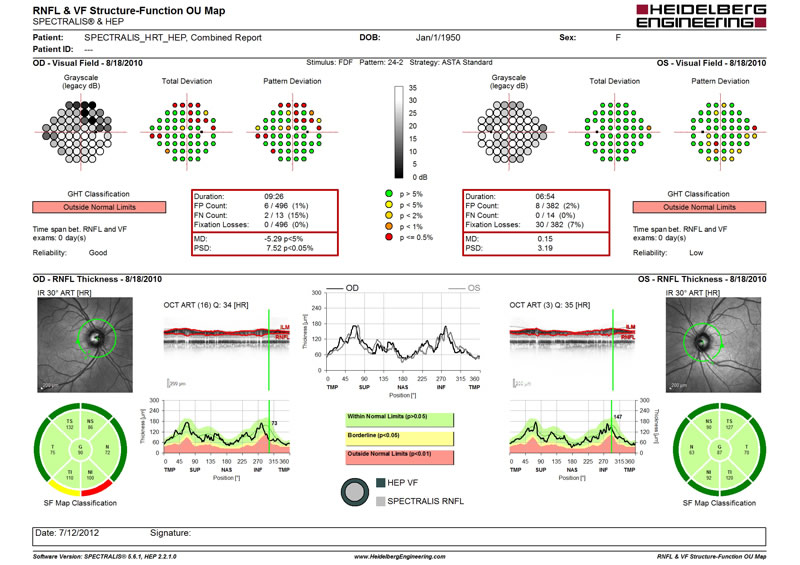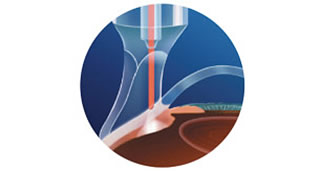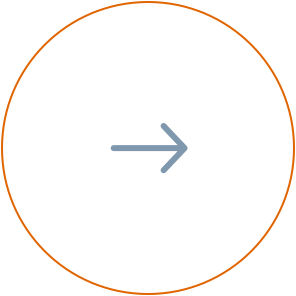In New Zealand this is the most common type of glaucoma. This is a chronic (long-term) disease that occurs slowly. Although the drainage part of the eye is open it does not work well leading to a gradual build-up of fluid in the eye. This causes high eye pressure that damages the optic nerve. The exact cause of POAG remains unknown.
Normal Tension Glaucoma (NTG)
In this type of glaucoma the optic nerve is damaged even though the eye pressure is normal. People with NTG may have a very sensitive optic nerve or the blood supply to the nerve may be affected. This is also a chronic disease that occurs slowly.
Ocular Hypertension (OHT)
This is a condition where the eye pressure is high but there are no signs of glaucoma yet. Patients with OHT are at risk of developing glaucoma and sometimes need to be treated to lower the eye pressure back to normal.
Acute (angle closure) Glaucoma (ACG)
This occurs when fluid builds up behind the iris causing it to bulge forwards suddenly blocking the drainage part of the eye. This leads to a very rapid (hours) rise in eye pressure and is an emergency as damage to vision occurs in a very short time. An attack of acute glaucoma causes severe eye pain and redness, nausea and vomiting, blurred vision and/or halos around lights. Urgent laser treatment is needed to treat this condition (see below).
Secondary Glaucoma
This is when glaucoma develops as a result of another condition in the eye such as trauma, inflammation, or diabetes. Other types of glaucoma in this category include pseudoexfoliative glaucoma and pigmentary glaucoma.
People who have a narrow drainage angle because of the shape of their eye are at risk of this condition and need laser treatment to prevent ACG.














